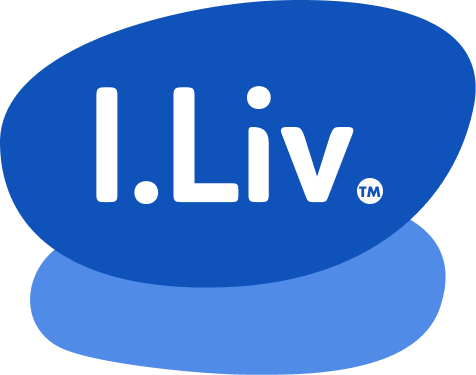In the competitive landscape of large corporations, implementing work-life balance initiatives has emerged as a crucial strategy to enhance corporate well-being and elevate employee productivity. This focus on balance is not just a nod to contemporary work culture trends; it’s a strategic investment that pays dividends in employee engagement, innovation, and overall corporate health.
Understanding the multifaceted returns of work-life balance programs offers a compelling case for their integration into the strategic planning of forward-thinking organizations.
Redefining Corporate Success Through Work-Life Integration
The modern corporation thrives on the dynamism and creativity of its workforce, making employee well-being a critical asset. Work-life balance initiatives — encompassing flexible working hours, remote work opportunities, and support for personal development — are key to unlocking this potential.
By endorsing practices that allow employees to manage their professional and personal lives effectively, companies foster an environment where productivity and well-being coexist harmoniously.
Financial Returns of Work-Life Balance Initiatives: Beyond the Obvious
The financial implications of embracing work-life balance initiatives stretch beyond reducing absenteeism and turnover costs. They manifest in the enhanced loyalty and motivation of a workforce that feels valued and understood.
Corporations that lead in work-life balance initiatives report a significant uptick in innovation, as employees with the freedom to balance their work and personal lives bring their best selves to work.
This innovation drives competitive advantage, directly impacting the bottom line in an increasingly complex global market.
Leveraging Work-Life Balance for Corporate Wellness
The essence of corporate wellness lies in creating a culture where employees feel empowered to prioritize self-care without jeopardizing their career progression. Initiatives that promote physical activities, personal growth, mindfulness practices, and personal time not only support individual well-being but also cultivate a more resilient and adaptable organization.
This approach to corporate wellness, emphasizing preventive care and mental well-being, positions companies as employers of choice, attracting top talent in a competitive landscape.

I.Liv: Pioneering Work-Life Synergy
At the heart of transforming work-life balance initiatives from concept to practice is the integration of comprehensive strategies that address the unique needs of a diverse workforce.
I.Liv’s program offers a blueprint for embedding work-life synergy into the corporate ethos, providing actionable insights and tools that encourage self-care and intentional living. With a focus on sustainable practices and holistic development, I.Liv’s methodologies align seamlessly with the goals of corporations looking to innovate through well-being.
Implementing Change: Steps to Success
The implementation of work-life balance initiatives requires:
- A structured approach
- Authentic commitment from leadership
- Clear communication of the program’s goals and benefits.
Engaging employees in the development and execution of these initiatives ensures that the programs are relevant and resonate with the workforce. Regular assessment and adaptation of strategies, based on feedback and evolving business needs, are crucial for maintaining the relevance and effectiveness of work-life balance efforts.
The Strategic Value of Work-Life Balance Initiatives
The strategic integration of work-life balance initiatives showcases a corporation’s commitment to its most valuable asset — its people. By prioritizing the well-being of employees, companies not only enhance their productivity and creativity but also affirm their position as leaders in the global marketplace. The journey toward a balanced, productive corporate culture is both a strategic choice and a moral imperative in today’s business world.

